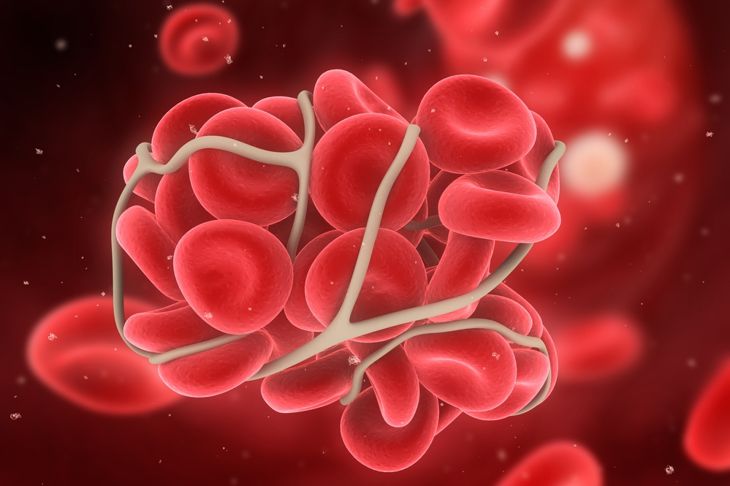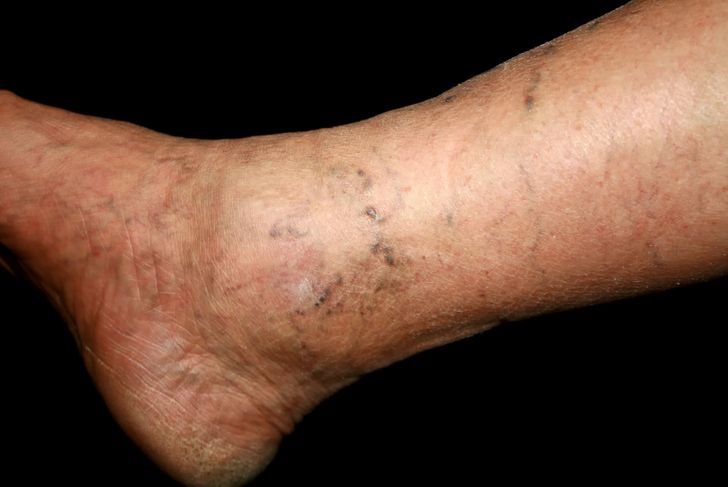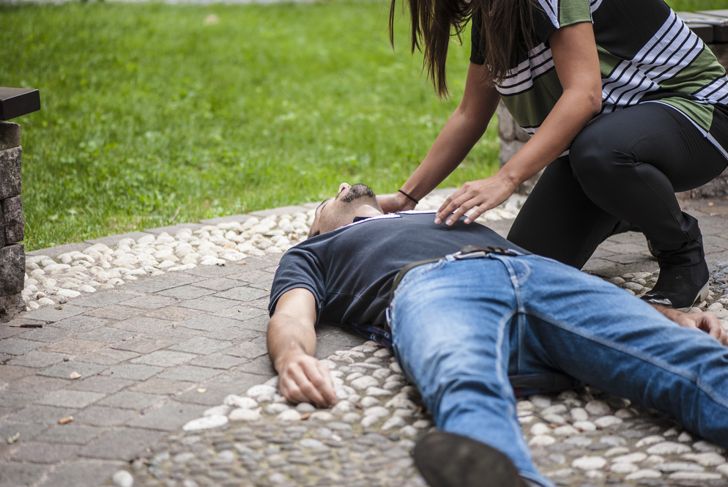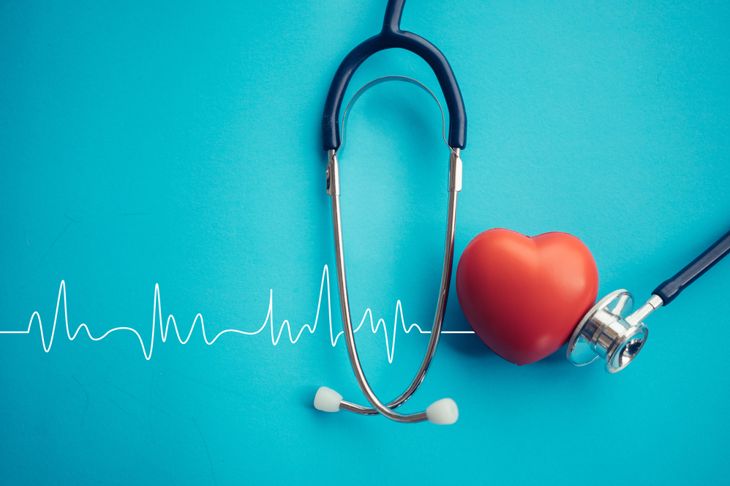A blood clot in the leg can be extremely dangerous. Anyone who is concerned that they may have a blood clot should see a medical professional right away; an ultrasound can often confirm the cause of the symptoms.
Sharp Pain In the Leg
Throbbing or cramp-like pain in one leg is one of the most common symptoms of a blood clot. When it forms, most people feel pain in the affected area. In the absence of immediate treatment, the clot can continue to grow and the pain will intensify until day-to-day activities become difficult. At this point, a doctor may diagnose an individual with deep vein thrombosis or DVT.
Warmth In One Part of the Leg
When it comes to such a severe health threat, there is no place for self-diagnosis. A person experiencing symptoms that could indicate a blood clot should get checked by a medical professional right away. Sometimes patients sense a unique warmness when they touch the area of the leg with the clot. While this is not invariably the case, it happens frequently enough to require prompt medical evaluation.
Changes in the Skin
If a patient does not receive treatment for his blood clot, the skin around the clot may turn red or a deep shade of purple. Over time, the skin around the clot could become white or blue due to lack of blood flow. In some cases, the area may feel lumpy to the touch.
Leg Swelling
Swelling in the leg, usually the calf, is a common sign of a blood clot in a deep vein in the leg. The swelling is caused by obstruction of blood flow back to the heart due to the clot. When one calf appears larger than the other, this raises concerns. In these situations, both standing or sitting for a long time may aggravate the swelling. Although a blood clot is not the only possible explanation for a swollen leg, it is wise to seek medical attention.
Fevers
Fevers are associated with many illnesses. Fever by itself is most likely to have a different cause and might be the result of a viral infection. However, if the person also experiences pain in the leg and changes in skin color or texture, a blood clot could be the cause. Fever is a less common sign of a blood clot, and if it occurs for this reason, it is usually low- grade.
Experiencing Cramps
Cramps are another relatively common symptom of blood clots in the legs. Initially, they are relatively mild, so many patients give them little attention. Continued activity often causes the cramps to become more intense. In some case, a throbbing pain goes down the leg to the foot. If the individual bends the leg, the cramp may become more severe.
Drained of Energy
Weakness or fatigue are other signs that people with blood clots can experience. As the clot worsens, the person may find it tiring to walk from one room to another. Up to half of all people with a deep vein thrombosis or DVT experience long-term pain, fatigue, or swelling in the affected leg even after treatment.
Feeling Faint
Some people with blood clots in the leg may feel lightheaded or dizzy. This can be a sign that a clot has broken off and moved to the lungs, a serious condition called pulmonary embolism. In this case, the lightheadedness may be associated with actual fainting. These are signs you should never ignore. Pulmonary embolism is a life-threatening condition that needs urgent medical attention.
Perceptible Heartbeat Changes
Sometimes a DVT or blood clot in the leg breaks off and moves to the lung. When a clot lodges in a blood vessel in the lung, the person can experience rapid heart rate and chest pain that worsens when they take a deep breath. They might also feel short of breath. These symptoms require immediate evaluation by a health care professional. Blood clots that move to the lung are life-threatening.
Skin Tenderness
When a blood clot develops, both the area of the blood clot and the rest of the infected leg could become particularly tender to the touch. If the blood clot goes unnoticed and carries on untreated, over time the skin might become so delicate the veins of the leg appear through the skin.

 Home
Home Health
Health Diet & Nutrition
Diet & Nutrition Living Well
Living Well More
More




















